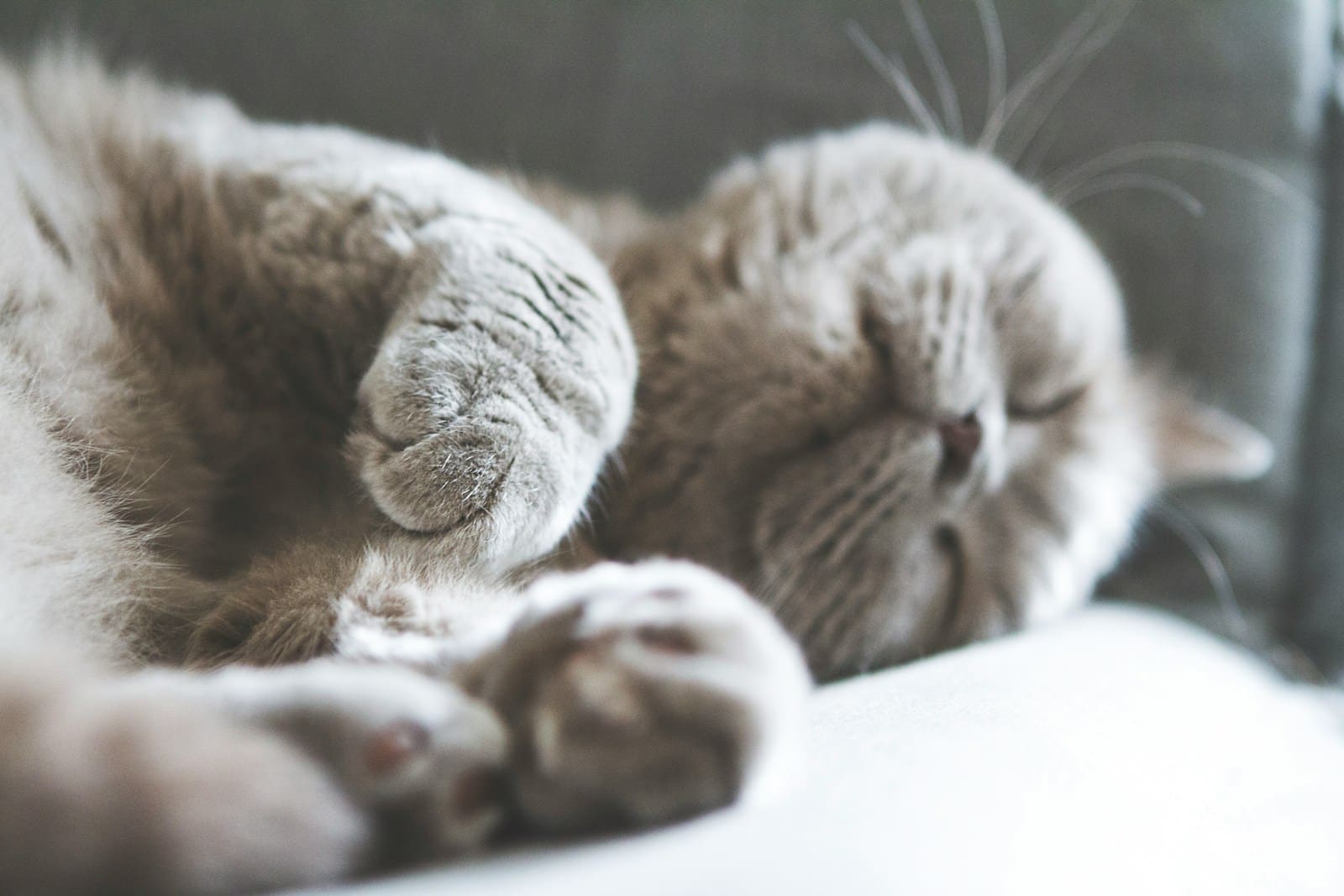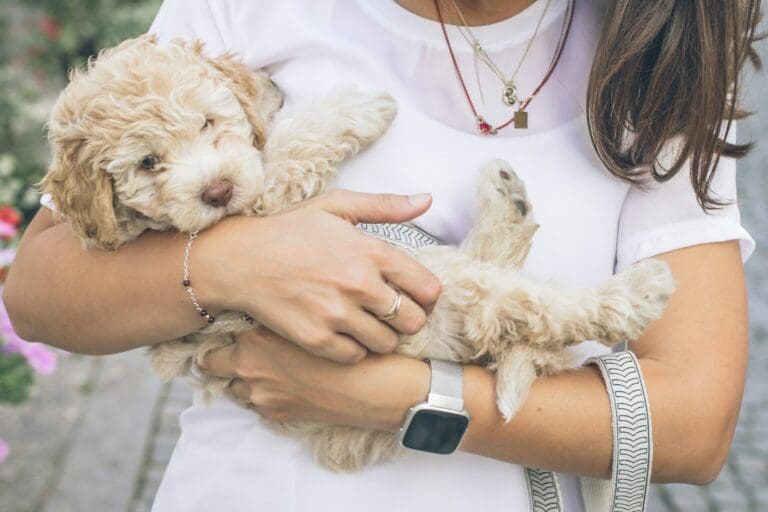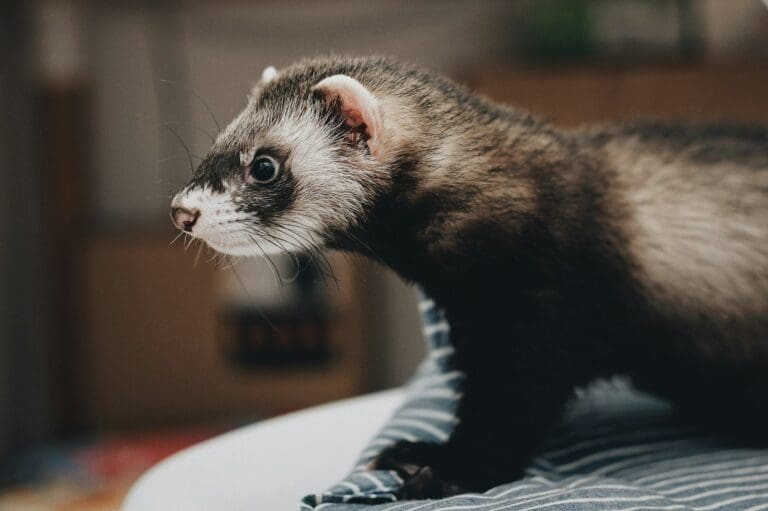Declawing is an amputation procedure that can cause your cat pain throughout its lifetime. It can have many other adverse effects on your cat’s quality of life. Here are 10 reasons you should never declaw your cat.
10. Declawing Is a Painful Procedure

Declawing is a surgical procedure that is painful for cats. The pain continues after the surgery. Declawing involves amputating the first knuckle of a cat’s fingers. The procedure cuts through nerves, muscles, and tendons. This results in a long and painful recovery.
9. Declawing Surgery Involves Risks
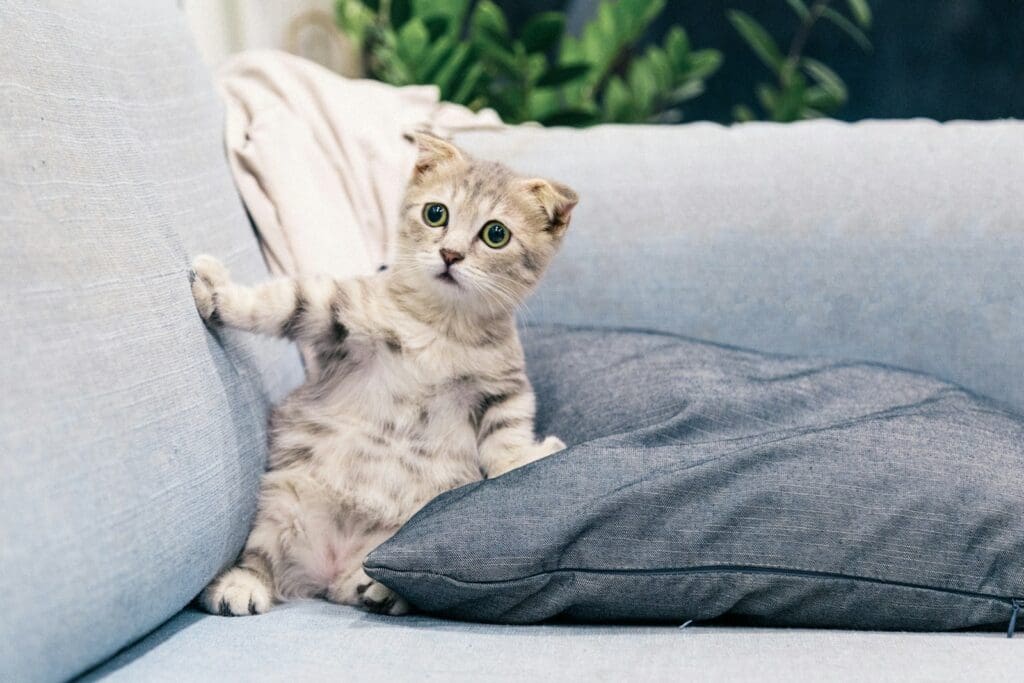
As it is with human surgeries, all animal surgeries come with certain risks, such as infections or adverse reactions to anesthesia. Declawing is an amputation surgery. As such, errors and complications can occur. This can lead to multiple follow-up appointments or surgical revisions. Sometimes a nail isn’t completely removed, begins to grow back, and another surgery is needed. This puts the cat through further trauma.
8. Declawing Causes Litter Box Issues
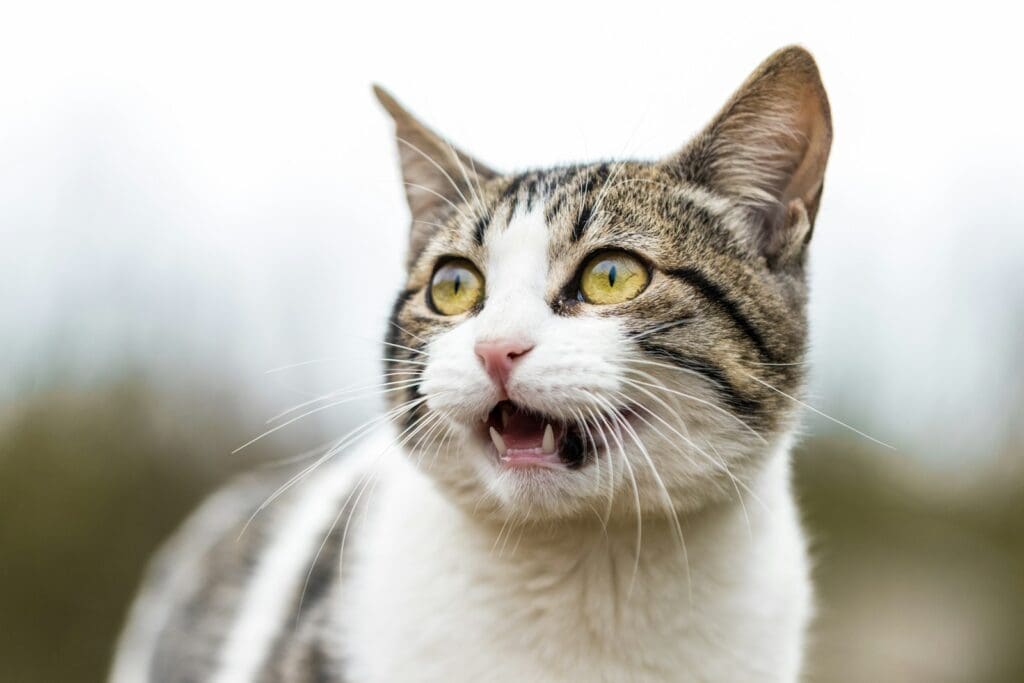
This is a major and important drawback to declawing a cat. Declawing a cat is the number one cause of litter box issues. Without claws, a cat is left with sensitive knuckles. A declawed cat acquires an unusual and unpleasant sensation to litter. Because of this, they will look for softer places to relieve themselves.
7. Declawing Increases Arthritis Risk
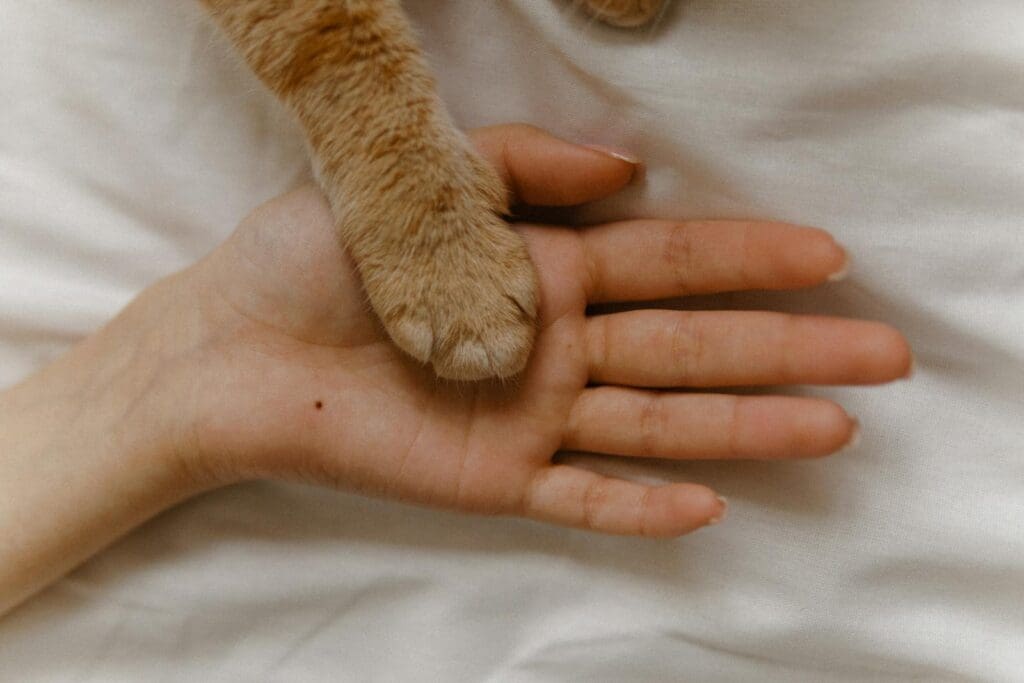
The amputation that declawed cats go through leads to more pressure on the remaining knuckles. This makes declawed cats more prone to arthritis. Their bones weaken from a decrease in stretching, scratching, and kneading. Arthritis in cats can be much more debilitating than it is in humans. Cats rely strongly on their paws for walking, daily function, and movement.
6. Declawing Reduces a Cat’s Abilities and Defenses
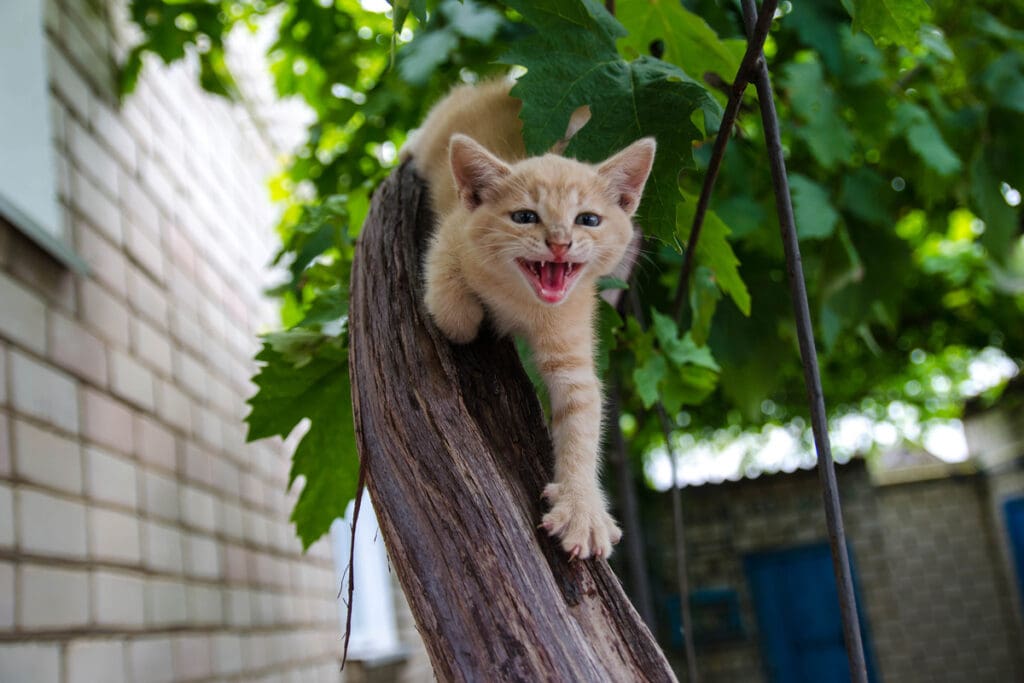
Cats use their claws to climb, scratch litter, catch food, and mark their scent. Claws are also a cat’s natural defense mechanism. When you remove this nature-intended part from a cat’s body, you strip the animal of its survival tools. This has a negative mental effect on the cat as well.
5. Declawing Can Cause Behavioral Problems

A declawed cat recognizes its defenses have been stripped away. This has a negative mental and emotional impact on the cat. The cat may become frightened or aggressive. The cat may resort to biting out of fear. The pain from declawing may cause the cat to lash out unprovoked. Declawed cats are noted to have behavioral changes and “increased grumpiness.”
4. It’s a Permanent Solution for a Temporary Problem
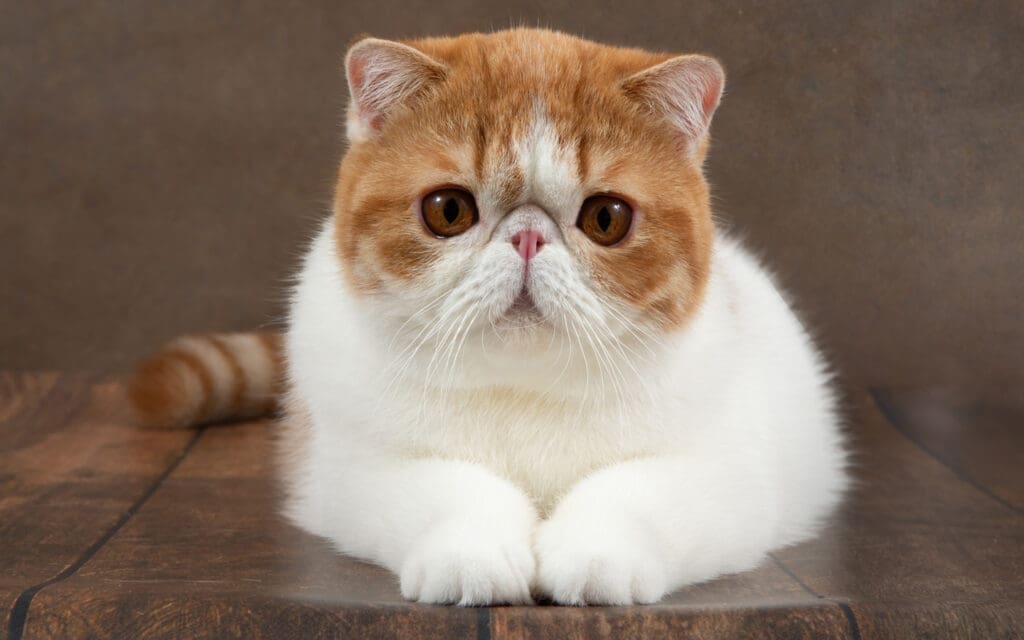
What damages a cat inflicts on furniture (or your arms) are all temporary, fixable problems. A cat can be trained to use a scratching post and not to scratch furniture or you. However, declawing is a permanent, irreversible amputation surgery. Your cat will suffer pain through the procedure, during recovery, and throughout its life.
3. There Are Other Options
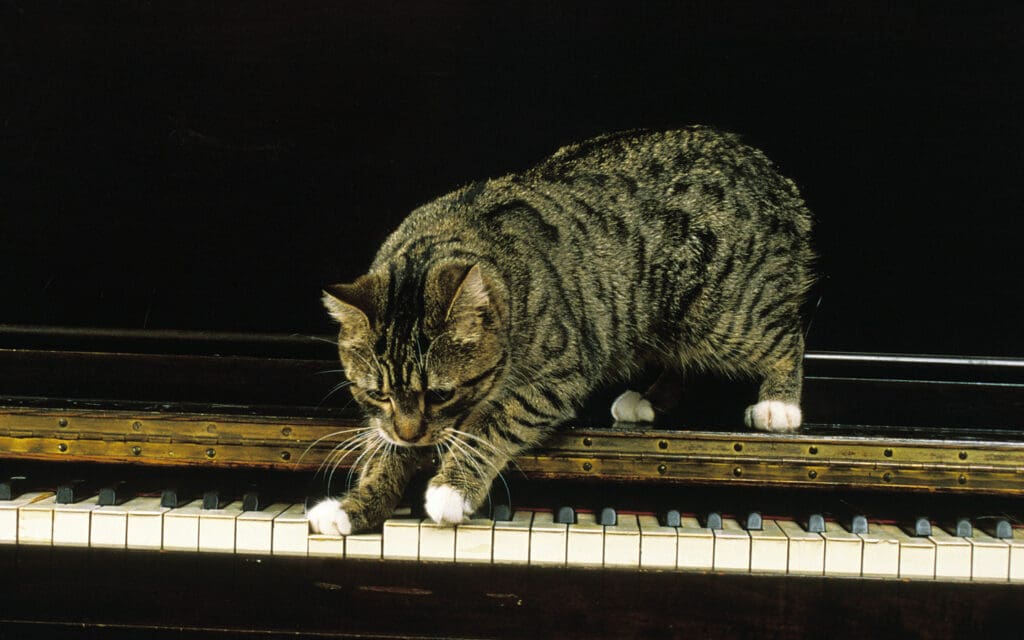
There are many alternative solutions you can try rather than the drastic and permanent step of having your cat declawed. For example, Kitty Caps or Soft Claws. These are plastic caps you can apply to the cat’s nails. These remove the threat of damage while still allowing your cat to act naturally. There are many other humane and inexpensive options.
Read More: 10 Reasons Cats Are The Best Pets (Sorry, Dog Lovers)
2. Declawing Is Illegal in Some Places
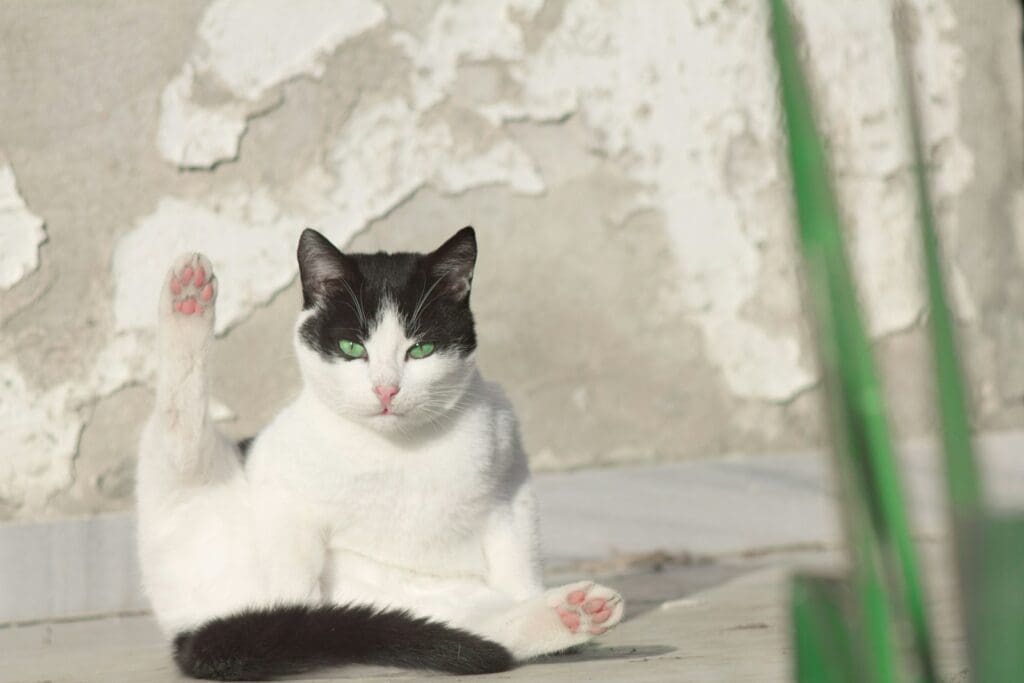
Declawing is considered inhumane by the ASPCA and Animal Friends. At least 28 countries have made it illegal to declaw a cat including England, Scotland, Italy, Australia, Germany, France, and Israel. It’s illegal in several states and areas of Canada. In the United States, it’s illegal in New York, New Jersey, and Denver.
Read More: 10 Biggest Mistakes Cat Owners Make
1. Just Because You Can Doesn’t Mean You Should

Lastly, just because you have the option to declaw your cat doesn’t mean it’s a good idea – even if your vet apprises you of the option. Always consider what’s best for the animal. Many alternative options won’t have the long-term, permanent, adverse, and negative effects that declawing a cat will cause.
Read More: Pros and Cons of Adopting an Older Cat

